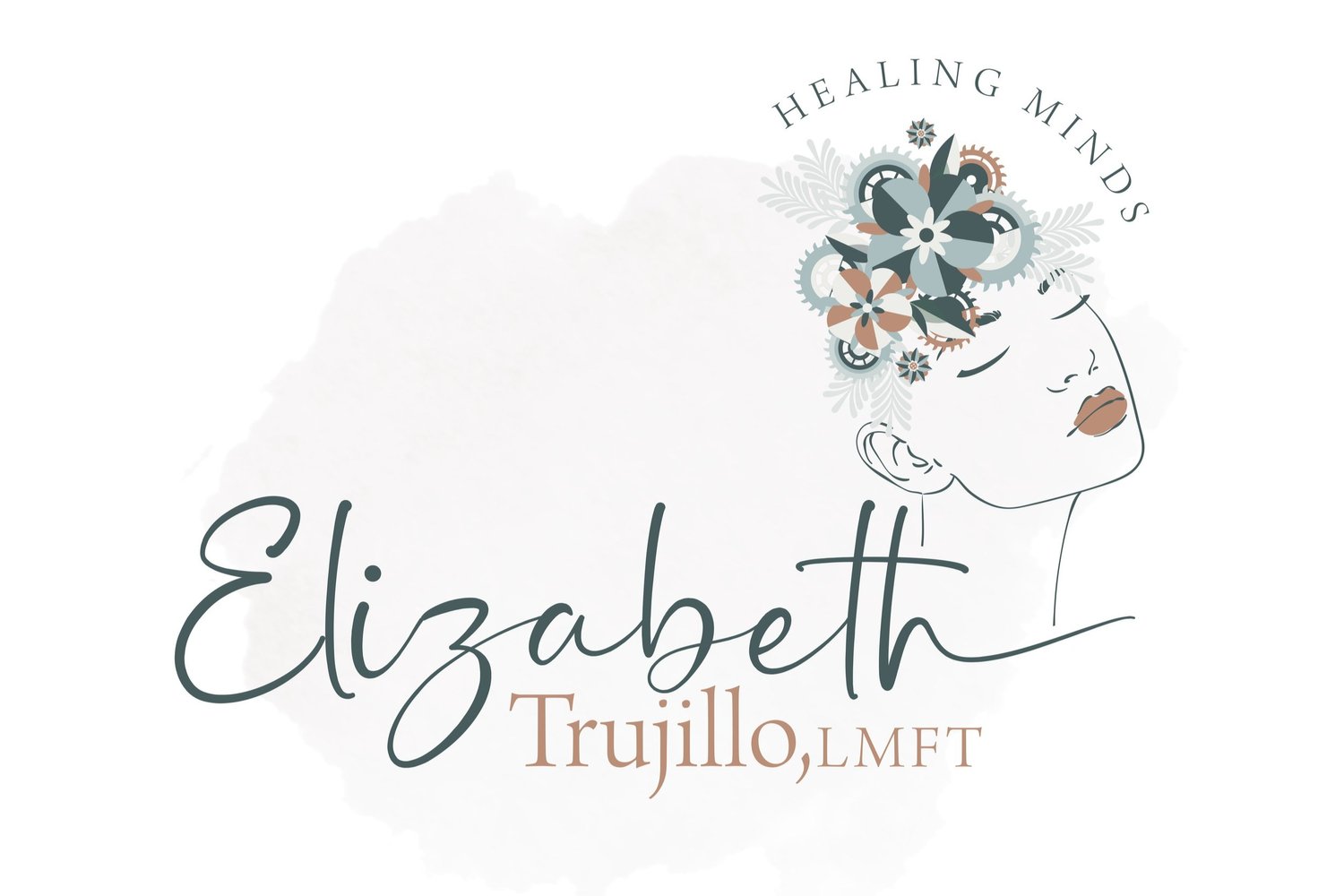The Trauma of Disconnection: Finding Safety in a Divided World
History repeats itself. And with every cycle, old wounds reopen. The political and social landscape today is activating something deep in many of us—memories of past wars, movements, and betrayals. Some feel like they’re fighting against their own country, caught between wanting to be part of something greater and feeling deeply unsafe within it. When the world feels hostile, we retreat to what feels familiar: our own groups, our own safe spaces. But what about when we don’t have that option? When we’re at work, surrounded by people who feel the tension but can’t name it? When we feel the pressure to stay silent for the sake of our jobs, our relationships, our survival?
We are all feeling it. And yet, we are told to carry on.
The standard therapeutic answer is self-care. Take a bath. Go for a walk. Unplug from the news. And while those things might bring momentary relief, they don’t touch the core of the issue. Because what we are experiencing is disconnection—not just from each other, but from ourselves.
Disconnection Is the Real Wound
Anxiety isolates. Depression isolates. Trauma isolates. When we are overwhelmed, we pull inward, shut down, and try to manage things on our own. And while solitude has its place, healing does not happen in a vacuum. True healing requires connection.
Connection to self. Connection to others. Connection to the land.
When self-care isn’t working, it’s often because it’s missing this vital piece. Numbing out in front of the TV isn’t connection. Walking mindlessly through a park isn’t connection. Even taking a hot bath, while relaxing, isn’t necessarily connection. True self-care is about being present—with yourself, with your emotions, with the world around you. It’s about noticing the way your breath moves through your body, the way the earth feels beneath your feet, the way your emotions rise and fall when you stop pushing them down. It’s about reaching out, not retreating further.
What Does Real Self-Care Look Like?
If disconnection is the problem, then reconnection is the answer. Here’s how we can start:
Connect to Yourself – Instead of numbing, pause. Breathe. Ask yourself: What am I actually feeling? If it’s anger, let yourself feel it. If it’s fear, acknowledge it. Self-care isn’t about pushing emotions aside; it’s about being present with them.
Connect to Others – Isolation fuels suffering. Reach out to a friend, a trusted colleague, or a support group. Find spaces where it’s safe to talk, to process, to be heard. If the people around you aren’t safe, seek out those who are.
Connect to the Land – When everything feels unstable, nature reminds us of our place in something bigger. Walk barefoot. Put your hands in the soil. Sit under a tree and breathe. Let the earth hold you for a moment.
Create Safety Where You Can – We may not always be able to change our environments, but we can cultivate spaces of safety within them. A moment of quiet before a work meeting. A deep breath before responding to a difficult conversation. Small rituals that remind us we are here, we are alive, and we have power.
Move Toward, Not Away – When fear and uncertainty rise, our instinct is to withdraw. But healing requires movement. Step into conversations (when safe). Step into spaces that challenge you. Step into your own experience, even when it’s uncomfortable.
One Foot in Front of the Other
We are living in times that demand a lot from us. And while disconnection might feel like the safest response, it is also the most dangerous. When we disconnect from ourselves, from each other, from the world, we lose our power.
The way forward isn’t easy, but it’s simple: one foot in front of the other.
Not alone. Not isolated. But connected.
Because connection—not avoidance—is what heals the soul.
And in a world that thrives on division, choosing to stay connected might just be the most radical form of self-care there is.
Takeaways
Disconnection is at the root of our collective distress, especially in divisive times. While traditional self-care often focuses on solitude, true healing comes from connection—to ourselves, to others, and to the world around us. Instead of numbing out, we need to be present with our emotions, seek supportive relationships, and find grounding in nature. When we feel unsafe or silenced, creating small moments of safety and connection can help us move forward. The key to healing isn’t isolation—it’s choosing connection, even when it’s hard.
About the Author
Elizabeth Trujillo is a Licensed Marriage and Family Therapist providing virtual therapy services in English and Spanish to those living in California. Elizabeth specializing in trauma recovery, anxiety, and generational healing. With a deep passion for empowering moms to break the cycle of trauma, Elizabeth combines her expertise in mind-body-spirit modalities like CRM and ART with a compassionate, humorous approach. Drawing from her own experiences as a mother and a lifelong learner of psychology, she believes in the transformative power of emotional honesty and connection. Elizabeth is dedicated to helping women navigate the messy journey of motherhood while fostering resilience in themselves and their children.
